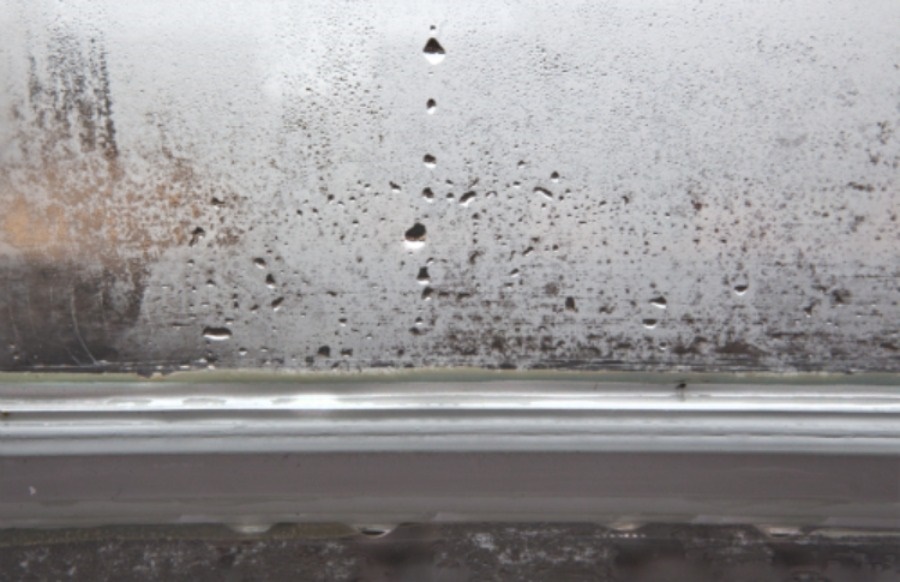
A trade body has reported the highest level of condensation affecting homes in 2022.
The Property Care Association (PCA) revealed it has seen a record increase in the number of condensation-related claims made by householders across the UK.
Experts at the trade association said that cold weather snaps, inflation, the cost of living situation and increases in energy heating prices are all behind the ‘surge’ in damp and mould.
Steve Hodgson, chief executive of the PCA, said, “2022 has turned out to be the worst year ever for condensation issues on record in our 93-year history. Our 400-plus members are seeing a significant rise in problems with excess moisture in properties across the UK in social housing, as well as the private domestic sector. There have been a number of contributing factors, which collectively have had an impact.
“The tragic events in Rochdale and the subsequent media coverage appear to have created a shift in public tolerance to damp and mould issues. We are now less accepting of dampness and reporting issues in greater numbers than ever before. We have had a number of cold weather spells, as well as the cost of living issue, soaring energy bills and inflation, all of which have lead people to economise on their heating.
“Efforts to reduce air leakage through draught proofing and retrofit insulation, as well as the changing climate patterns – featuring wetter weather – are also of significance. Increasingly, people are working from home too, and that change in occupancy patterns can also have an impact.
“A little bit of mould in the home is nothing to worry about, but what we are seeing needs to be considered more seriously. It impacts on physical and mental health, and we need to look at what can be done to stop this problem continuing to escalate.
“We believe the frequency of problems associated with damp and mould from indoor air is only set to get worse, with unseen and as yet underestimated problems being created due to these new pressures on properties.”











